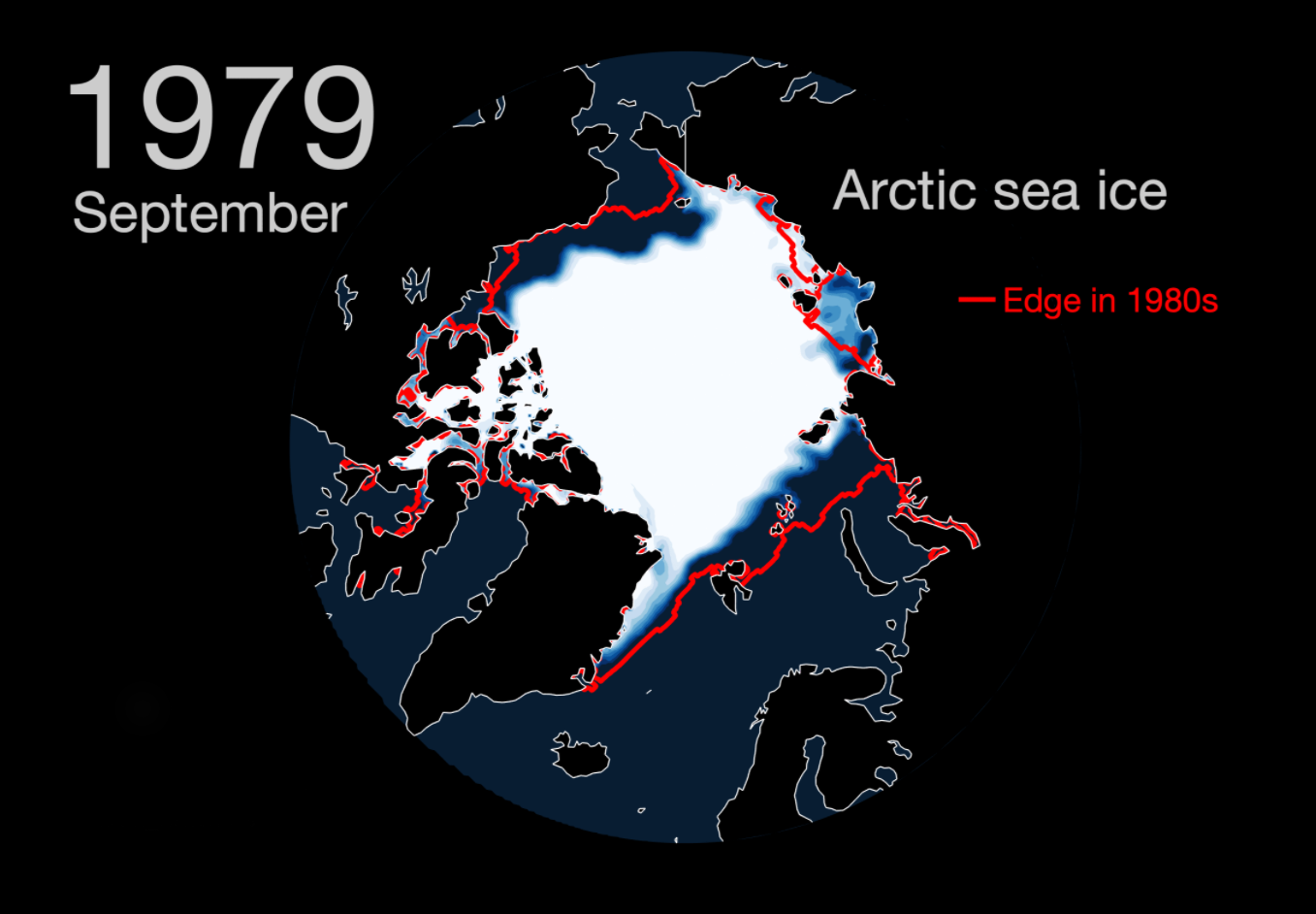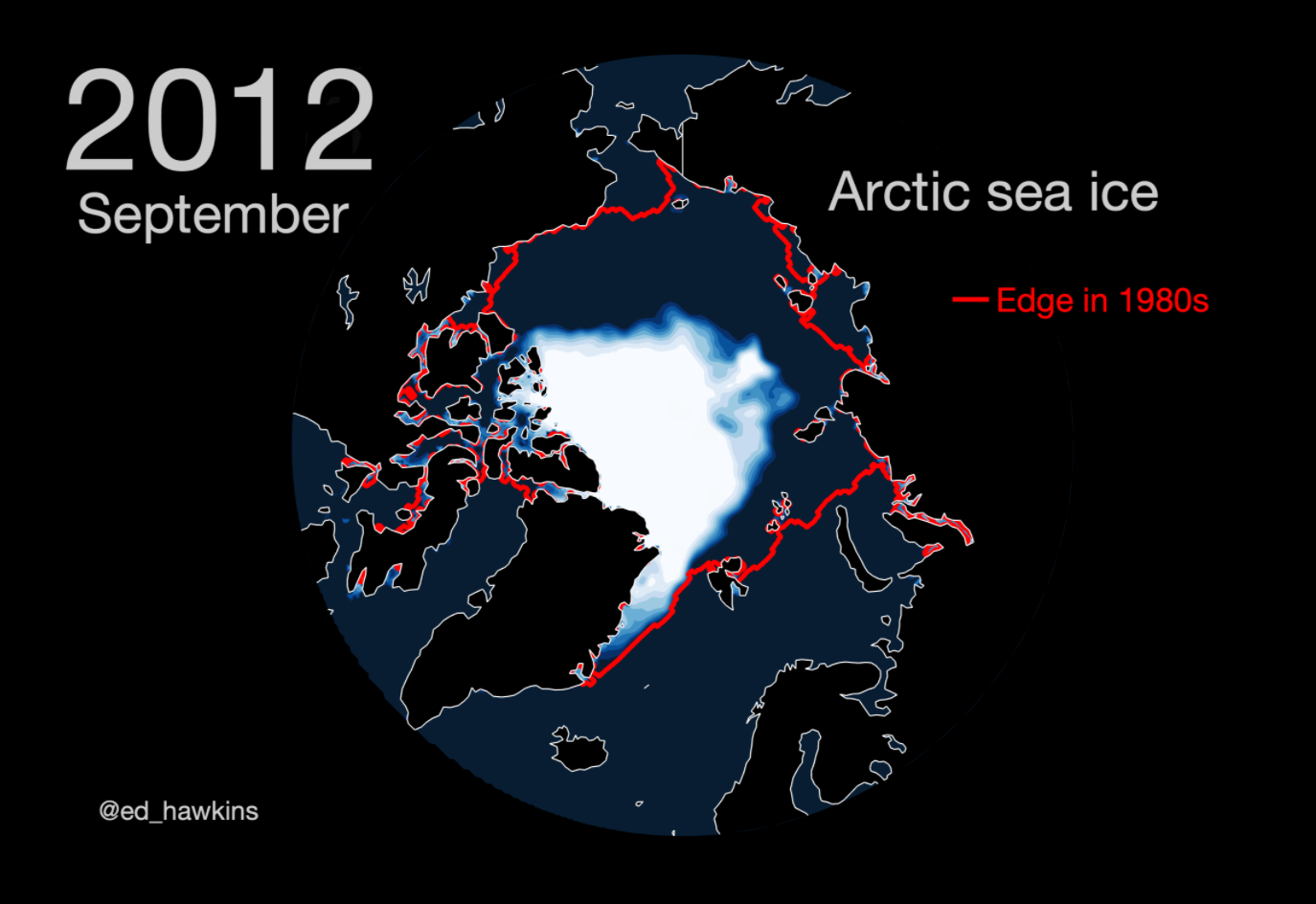Vanderbilt Hall Pavilion
Vanderbilt Hall
Built-in 1913 Vanderbilt Hall offers a stunning backdrop for both public and private gatherings. Vanderbilt Hall, which was formerly a waiting room, is now a premium venue that promises a historic event. This primary entrance of the Terminal consists of 6,000-square-foot raw multifunctional event space, ideal for a product launch, business events, or exposition. The hall attracts 750,000 visitors daily and includes five gorgeous beaux-arts chandeliers.
“The top of the world is turning from white to blue in summer as the ice that has long covered the north polar seas melts away. This monumental change is triggering a cascade of effects that will amplify global warming and could destabilize the global climate system.”
Peter Wadhams
Exterior Pavilion
Analyzing natural phenomena’s and extracting the characteristics of the melting sea ice and the Lencois Maranhenses park to influence ideas and concepts for interior spaces
Timeline
The decline of Arctic Sea Ice over the past 40 years has been one of the more obvious signs that Earth’s climate is warming, especially in the summer when the ice extent reaches its annual minimum. Here you can see how the amount of sea ice in the Arctic has varied since the start of the satellite era with September showing the largest declines.
1979
The start of the satelllite era in late-1979 shows the start of the erosion in the northern arctic
2012
The arctic sea ice hit a record low with the most erosion recorded in history
2020
The year 2020 shows its most recent data recorded. The Arctic Sea Ice Minimum in 2020 will be the second-lowest on record.



This collage was created to emphasize the drastic changes to the arctic sea ice and the impact it is having on the wildlife that is currently being affected
Process of erosion on solid forms
Erosion is the process that wears away earthen things. Rapidly melting glaciers are contributing to sea level rise.
Eroding away at solid forms to express the disappearing of sea ice
The addition of a specific amount of heat energy, the heat of fusion, is required to melt the given mass of a solid
Interior Renderings
As people are walking through the installation it's a progression of the arctic sea ice disappearing through time as humans represent the heat that drives these erosions to happen, they are leaving their mark as they’re walking through. Through the progression, people will be able to see the erosion of the material throughout the 3 recorded time periods.
First Floor 1979
First Floor 1979
Second Floor 2012
Second Floor 2012
Third Floor 2020
Third Floor 2020
Erosion effect on the second floor
Sectional perspective showing the interior of the 3 floor levels
Exploded Axonometric Diagram
Process of how the pieces come together and form the overall structure
West building elevation
South building elevation
Sectional perspective
Building perspective

























